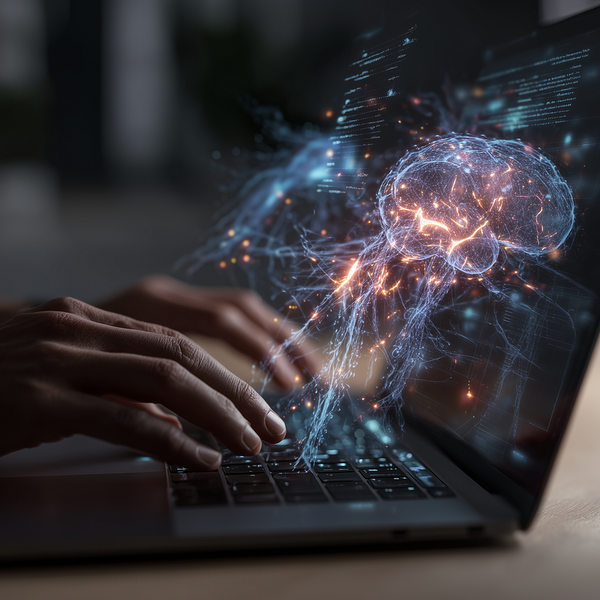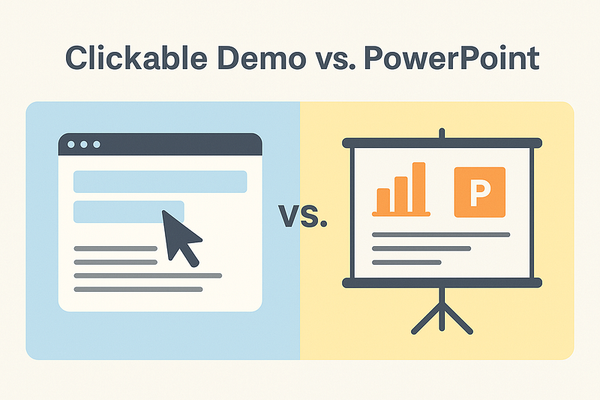A Second Set of Eyes: How AI Is Quietly Crowdsourcing Our Workflows
There’s a moment when I’m reviewing something I’ve written or analyzing a tricky issue, and I pause…not because I’m done, but because I…

There’s a moment when I’m reviewing something I’ve written or analyzing a tricky issue, and I pause…not because I’m done, but because I wish I had someone else to look at what I’m working on. A peer, a colleague, or simply someone to serve as a sounding board. Just to check to see if I might be missing something.
That’s the role AI is starting to play and where I think the real value of AI will be for the next 5 to 10 years, not as a flashy all-knowing oracle that does everything and replaces everyone, but as a quiet second set of eyes or helpful assistant. A form of personal crowdsourcing, scaled down to the individual.
We don’t usually think of it that way. Crowdsourcing, in the traditional sense, is big and noisy. Dozens or hundreds of people chiming in, weighing options, flagging errors. However, what’s interesting is how AI enables us to simulate that same value, including the breadth, perspective, and error-catching capabilities, but without the actual crowd. It’s like carrying a project team around in your pocket. One that works fast, doesn’t get tired, and mostly stays out of the way.
But here’s the thing. Just as with people, the value of a second opinion depends on when and how it is presented.
Not Every Task Needs the Same Help
I’ve seen this play out in a few different roles. When I’m drafting an email or planning a product roadmap, I sometimes want AI to go first. Give me a rough cut, something I can rip apart or refine. It’s always harder to start with a clean whiteboard.
At other times, especially when nuance matters, such as when conveying a sensitive message or making a decision with consequences, I’d rather start the work myself and have AI review it afterward to identify gaps, fix my grammar, and ask the questions I may have forgotten to ask.
Both approaches work. But only when they’re aligned to the moment. When they’re not, the whole thing starts to feel like a burden.
I remember trying to use Copilot for email once. It kept auto-suggesting replies before I’d even thought through what I wanted to say. Helpful, in theory. But in practice? It was like someone interrupting mid-thought with a suggestion that didn’t fit the conversation, so I turned it off.
However, there are moments when that same kind of assistance feels like magic, such as reviewing long documents. I love using AI to create a summary of documents before I start reviewing them. It’s not that the AI is brilliant; it’s just that it’s looking at the same thing from a different angle. And sometimes, that’s all you need.
The Crowd, Without the Crowd
This is what I mean by crowdsourcing at the individual level. We’re not actually drawing a crowd, but we’re capturing the essence of what makes crowdsourcing powerful. Crowdsourcing improves accuracy by multiplying the number of eyes on the problem, surfacing disagreements early, and balancing out individual error with collective judgment.
In the legal field, attorneys are experimenting with both models. Some want AI to go first, to generate a draft summary of a case, surface key precedents, highlight relevant statutes, and then they review and refine. Others prefer to lead, drafting the argument themselves and using AI as a quiet copilot to flag inconsistencies or suggest supporting references. The key is flexibility. The tech has to adapt to the attorney’s workflow, not the other way around.
And honestly, that’s true across the board. Whether you’re a lawyer reviewing case files, an accountant checking ledgers, or a product leader mapping out a feature set… sometimes you want to be the source of truth, and other times, you just want a second set of eyes.
Help, When It’s Actually Helpful
What I’ve found is that AI works best when its used within these constraints. When it doesn’t assume too much. When it doesn’t try to do too much. Just like a good collaborator, it should know when to lead and when to support. When to speak up, and when to stay quiet.
We’re still in the early stages of all this. The tech is evolving and our expectations are colliding with the hype. But if we can keep that idea in mind…that what we’re building is less about automation and more about augmentation, less about replacing people and more about supporting them…then maybe we can build AI that actually delivers on the promise of increasing everyones productivity and efficicency.
Not all the time. Not for everything.
But in the right moments… just enough.


